Kinneil House, Scotland
(Above image shows landscape north from Kinneil capturing the Firth of Forth and Ochills (range of hills) in distance.)
Today, we visited the grounds of Kinneil House in the east of Scotland where, within the space of about half a mile, we encountered:
- The unoccupied, Kinneil House which was built on land granted to the powerful Hamilton family in 1314 and owned by them for about 300 years during which time the property underwent embellishments and alterations.
- The foundations of a fortlet built by the Romans on the Antonine Wall which was completed circa AD 154 and stretched for 39 miles, from the Firth of Forth in the east to Firth of Clyde in the west.
- A ruined cottage/workshop used by inventor, James Watt (1736-1819) to refine the steam engine and thereby power the Industrial Revolution.
- A ruined 12th century church within grounds of which are many ancient grave markers.
- What appeared very early cherry blossoms.
Fortlet on Antonine Wall. There was one such fortlet at each Roman mile interval. The Wall was 10ft high and built of turf on a stone base. The Antonine Wall was abandoned by the Romans circa AD 165 when they retreated back south to the pre-existing Hadrian's Wall.
Artist's impression of fortlet when complete.
Ruined 12th century church which was accidentally destroyed by fire.
Ancient, 1627, grave marker in grounds of above ruined church.
The ruin below is Scotland's only tangible link with Scots inventor, James Watt who refined the steam engine, making it more efficient and thereby acting as a catalyst to the Industrial Revolution in the 19th century and facilitating Britain's growth as a world power and spread of the English language.
The background to this building is that Watt was struggling with practical implementation of his ideas. A businessman who owned a local iron works and was leasing Kinneil House at the time provided Watt with a 'research facility' (cottage/workshop) just a few yards from Kinneil House to work on his engine in a secure and private area. Watt subsequently moved south to Birmingham, England where his engine proved a success.
Cherry blossom in mid-January at Kinneil House.
To date we have experienced virtually no winter weather as manifested in snow and ice.
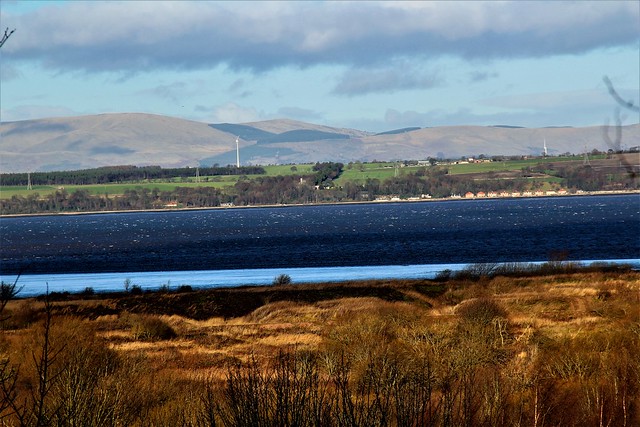

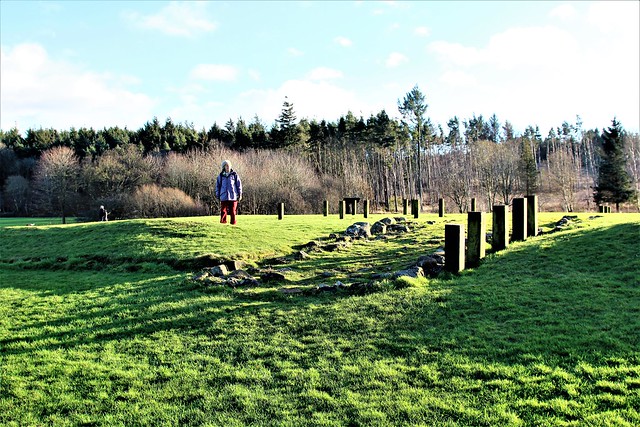


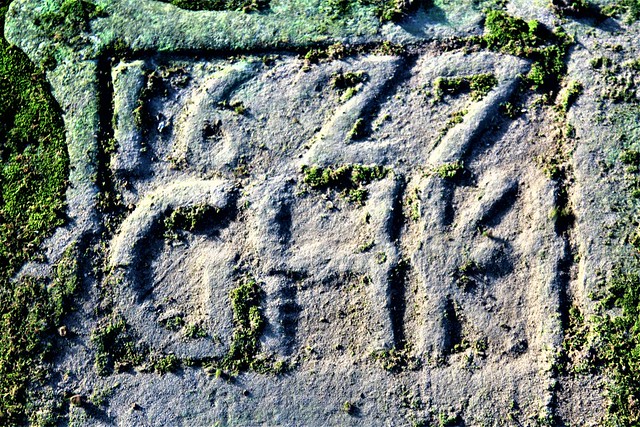
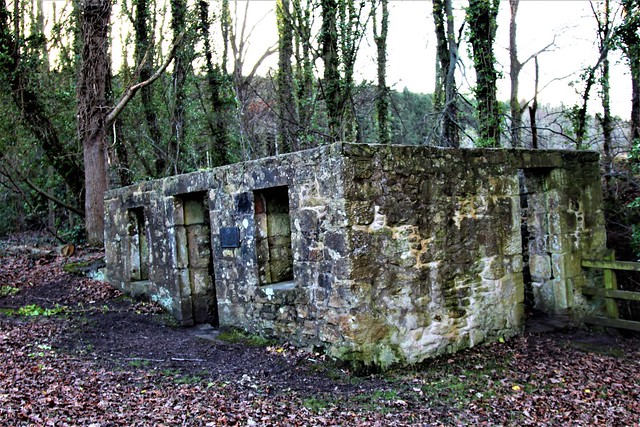
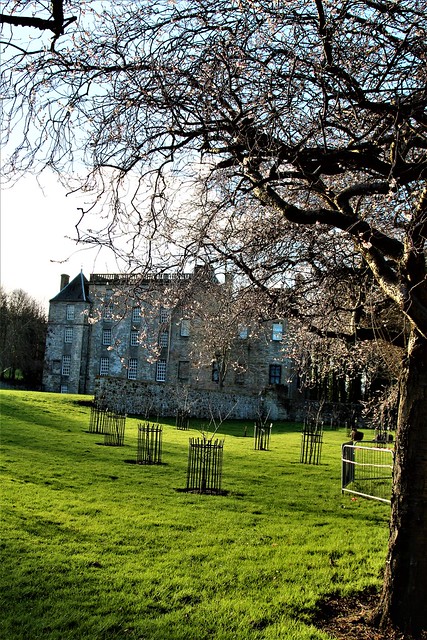

Comments
Post a Comment